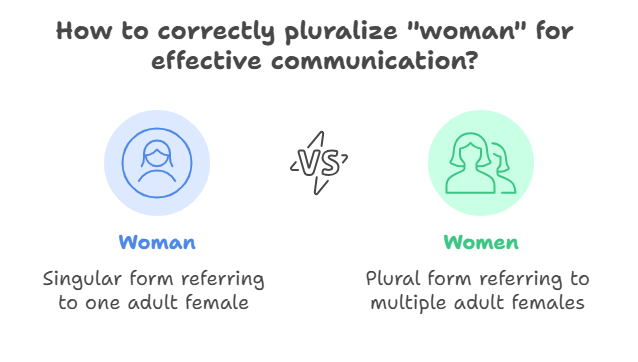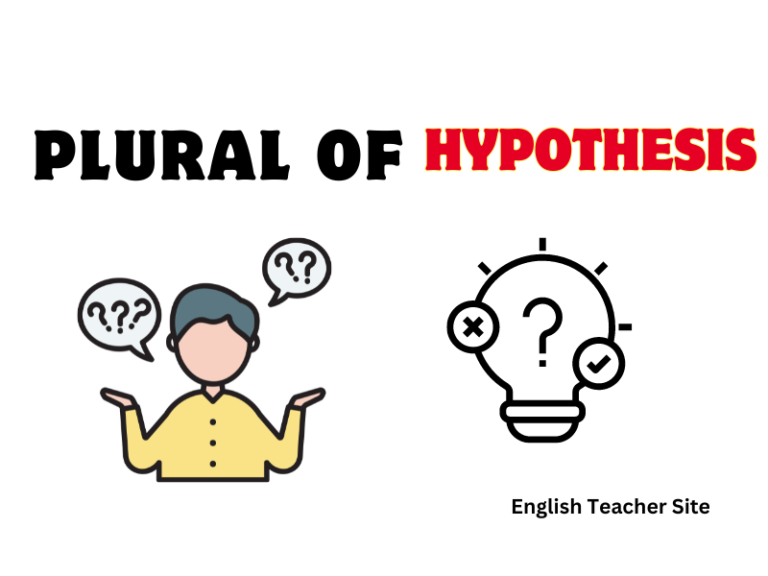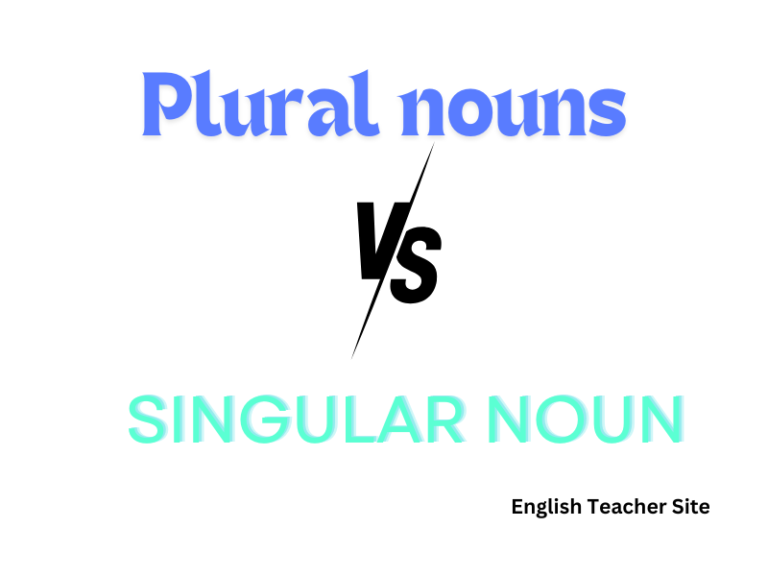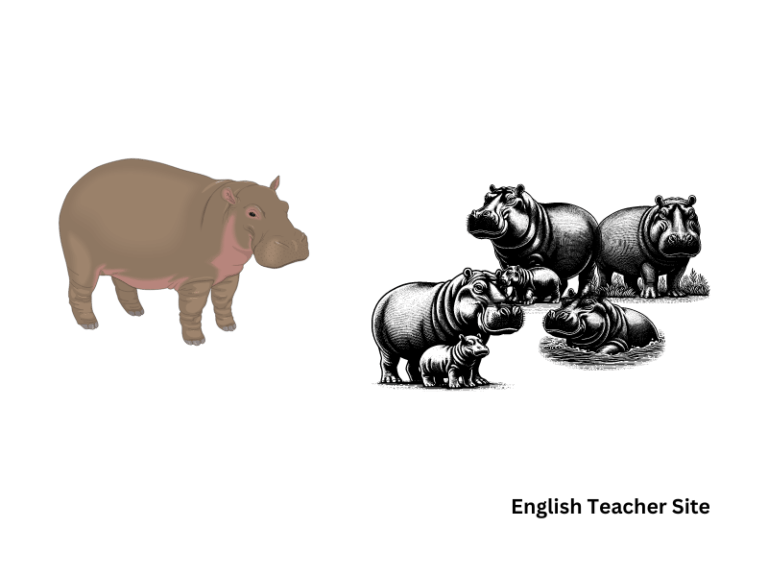Confused About the Plural of Woman? Here’s the Answer

The Correct Plural of Woman: Women
Why the Plural of Woman is Women, Not Womans
The plural of “woman” is “women,” not “womans.” This is because “woman” follows an irregular plural rule, which is common in English for words with specific endings. Instead of simply adding an “s” (as in regular plural forms), the word “woman” changes its internal vowel sound. The same applies to other words, like “man” becoming “men.” The shift from “woman” to “women” is a pattern rooted in Old English, and it helps distinguish the singular from the plural form.
Breaking Down the Linguistic Rule Behind the Plural Form
The plural form of “woman” is created by modifying the vowel within the word, which is a feature of what is known as an “ablaut,” or a vowel change in the word. This linguistic phenomenon is often seen in irregular English nouns. For example, just as “goose” becomes “geese” and “tooth” becomes “teeth,” “woman” becomes “women” by altering the vowel sound. This rule makes it clear that “woman” is an irregular noun, requiring specific attention when forming its plural.
Examples of Correct Usage in Sentences
When speaking or writing, using the correct plural form is essential. For instance, instead of saying “There were three womans at the meeting,” the correct phrase would be “There were three women at the meeting.” Similarly, “All the woman were invited to the event” should be “All the women were invited to the event.” This slight but important difference ensures grammatical accuracy and avoids awkwardness in communication.
Common Mistakes with the Plural of Woman
The Common Error: Using Womans Instead of Women
A frequent mistake when using “woman” in the plural form is the incorrect application of regular plural rules, resulting in “womans.” Many English learners mistakenly believe that the plural form of “woman” follows the standard rule of simply adding an “s.” This error is widespread, especially among those who are more familiar with regular plural forms. The key to avoiding this mistake is to remember that “woman” is an irregular noun, and its plural form is “women.”
Why People Get Tripped Up on the Plural of Woman
The reason people often misuse “woman” in the plural form lies in the complexity of irregular nouns. When learning a new language or refining grammar skills, it’s easy to default to the regular rule of adding “s” or “es” for plurals. However, English contains numerous exceptions to this rule, and “woman” is one of them. The difference between the singular and plural forms isn’t always intuitive, making it important to actively learn and remember the irregular forms.
How to Use Women Correctly in Different Contexts
The Difference Between Woman and Women in Context
Understanding the difference between “woman” and “women” in context is fundamental. “Woman” refers to one adult female, whereas “women” refers to more than one. For instance, “The woman is walking down the street” refers to a single person, while “The women are walking down the street” refers to a group. This distinction is essential for clarity and should be maintained in both formal and informal contexts.
Formal vs. Informal Uses of Women
In both formal and informal language, “women” is the correct plural form. However, in formal writing or speech, the importance of using correct grammar is heightened, and mistakes like saying “womans” could impact your credibility. In informal speech, while the grammatical mistake might not have as significant an impact, it’s still important to use “women” to avoid sounding unpolished.

Helpful Tips for Remembering the Plural of Woman
Mnemonics and Memory Aids to Remember Women
Creating memory aids, like rhymes or associations, can make remembering the plural form of “woman” easier. For instance, associating the word “women” with the idea of multiple “women” being powerful together can help reinforce the correct form. By visualizing groups of women in various contexts, the word “women” becomes ingrained in the mind.
Using Word Associations to Cement the Correct Form
Another technique is to associate the word “women” with other irregular plurals. Pairing “woman” with “man” and “women” with “men” can help reinforce the rule. This kind of word association can make learning these exceptions more intuitive.
Practice Exercises for Mastering the Plural of Woman
Regular practice is essential for mastering the plural of “woman.” Practice writing sentences, identifying the plural form in reading materials, and even using flashcards to reinforce the correct usage. The more you engage with the word in different contexts, the more natural it will feel to use “women” correctly.
Conclusion: Mastering the Plural of Woman for Clear Communication
Understanding and using the plural form “women” correctly is essential for anyone looking to communicate effectively in English. Avoiding the mistake of saying “womans” and consistently using “women” in both speech and writing will improve clarity and credibility. Regular practice and reinforcement will help cement this grammatical rule, ensuring that your communication is always accurate and professional. By mastering this simple yet important aspect of English, you can communicate with confidence and precision.
Sources
My name is Khamis Maiouf. I am the creator of the English Teacher Site, dedicated to providing valuable resources and insights for students around the world. With a passion for education and a commitment to helping students enhance their skills, I aim to make English teaching more effective and enjoyable for both educators and students.





